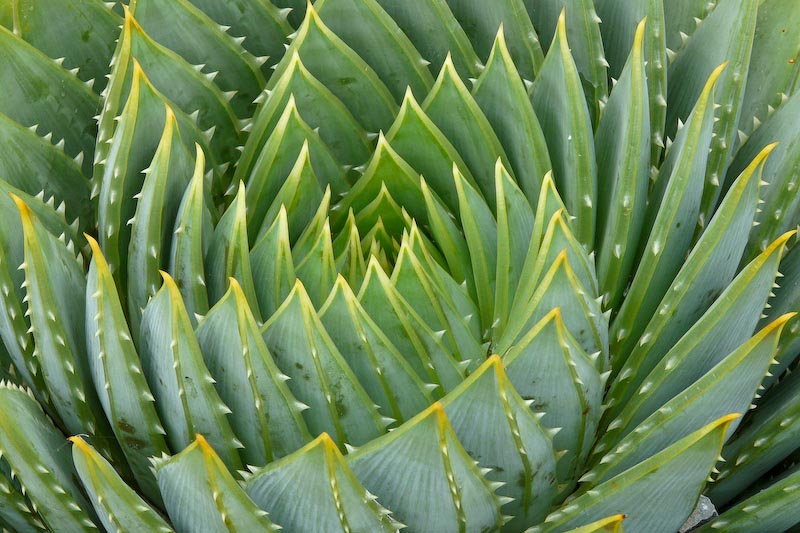























































 Los Cabos is an area of exquisite natural riches, among them the timeless indigenous treasures of its extraordinary flora. Their visceral beauty is captured in the numerous exceptional museums and gardens that promote and celebrate Los Cabos paradise.
Los Cabos is an area of exquisite natural riches, among them the timeless indigenous treasures of its extraordinary flora. Their visceral beauty is captured in the numerous exceptional museums and gardens that promote and celebrate Los Cabos paradise.
Here at land’s end, an ethereal aquatic desert flourishes beneath sunny tropical splendor, and neither hurricanes nor time can take away the stunning beauty of our natural environment.
I am told by that there is no better place to experience the beauty of cacti than in the picturesque tropical setting of Cactimundo Los Cabos Botanical Gardens.
I decide the check it out personally even with the high temperature of the season. I will wear a straw hat, and with my Cannon G9 and light clothes on I call the concierge to prepare my Mercedes SUV.
At the door a guardian angel hands me a bunch of small wet towels from the fridge on a silver tray and few bottles of fresh water. “Enjoy our museum.”
Situated in the heart and tourist hotel zone of San Jose del Cabo, this magical oasis for cacti aficionados shimmers with a tropical aura of ecological majesty, as if all the greatest cacti species on the surface of the earth were gloriously imprisoned and given new life and freedom to grow within this exquisite, vibrant habitat for all of Los Cabos to appreciate.
The impressive collection offers exemplary artistic craftsmanship created by talented gardeners, without exception among the finest in all of Mexico, who take extra special dedicated effort and time to design and create a true masterpiece.
The result is among the finest on the planet, a shining beacon of beauty that few even know exists… until now.
Cactimundo cordially invites its visitors to support nature. Open up the beckoning floral doors of perception and enter heaven on earth. An oasis garden of epic proportion awaits you within.
It is an eclectic botanical garden dedicated to the promotion, conservation, and reproduction of Mexican desert plants, as well as majestic collections of many other exotic species from the farthest corners of the Earth.
If you have a chance, experience Latin America’s largest and most important collection of cacti and succulents, including numerous endangered species nearly extinct in their natural habitats, which have never been on exhibit to the public previously.
The setting is unique in terms of unprecedented architectural design and plant display, all of which provides an enchanting educational experience.
I have taken the time to mention a few of my favorite species and I have included their fancy Latin name and their photos.
Enjoy the ride.
Graptopetalum paraguayense/Ghost Plant/Crassulaceae (Origin: Oaxaca, México)
Details: A small succulent plant forming rosettes of gray leaves with a pinkish cast to them. Plants will reach about 1 foot in containers. Individual rosettes may reach 6 inches across. Leaves are very brittle and will fall off when the plant is handled.
Faucaria tigrina (Origin: South Africa)
Details: A small succulent plant forming rosettes of gray leaves with a pinkish cast to them. Plants will reach about 1 foot in containers. Individual rosettes may reach 6 inches across. Leaves are very brittle and will fall off when the plant is handled.
Echeveria pulvinata (Origin: Oaxaca, México)
Details: Leaves are covered in fine white hairs that give the plant a silvery appearance when the sun hits the plant. They reach about 8 inches (20 cm) in nature and in containers.
Agave marginata (Origin: North America)
Details: Plant has spines or sharp edges; use extreme caution when handling. Drought-tolerant; suitable for xeriscaping, this plant is monocarpic.
Echinocactos grusonii (Origin: San Luis Potosi, Central México)
Details: The Golden Barrel slowly grows to 3 feet tall (90 cm), 3 feet in diameter has has 1.5 to 2 inches yellow flowers from end of March to end of April. The flowers are produced only on mature specimens receiving enough full sun.It is popular for its golden spines that keep looking attractive after several years.
Fouquieria splendens/Ocotillo (Origin: México – North America)
Details: Although this plant looks like a cactus because of its long spines and desert habitat, it is not in the cactus family. I’ve included it on the Cactus page because people often expect to find it there. It is in the same family as the Boojum tree of Sonora, and is the sole representative of this family in Arizona.
Pachypodium geayi (Origin: Southwestern Madagascar)
Details: Deciduous tree, 13 feet tall (4 m), or more with optimal conditions. Regular water when the plant has leaves, otherwise water occasionally.
Joelle’s Tips:
The Museum: Cacti Mundo Contact Carmen Jimenez – info@cactimundo.com tel. (624) 14 69191.
